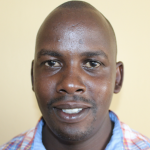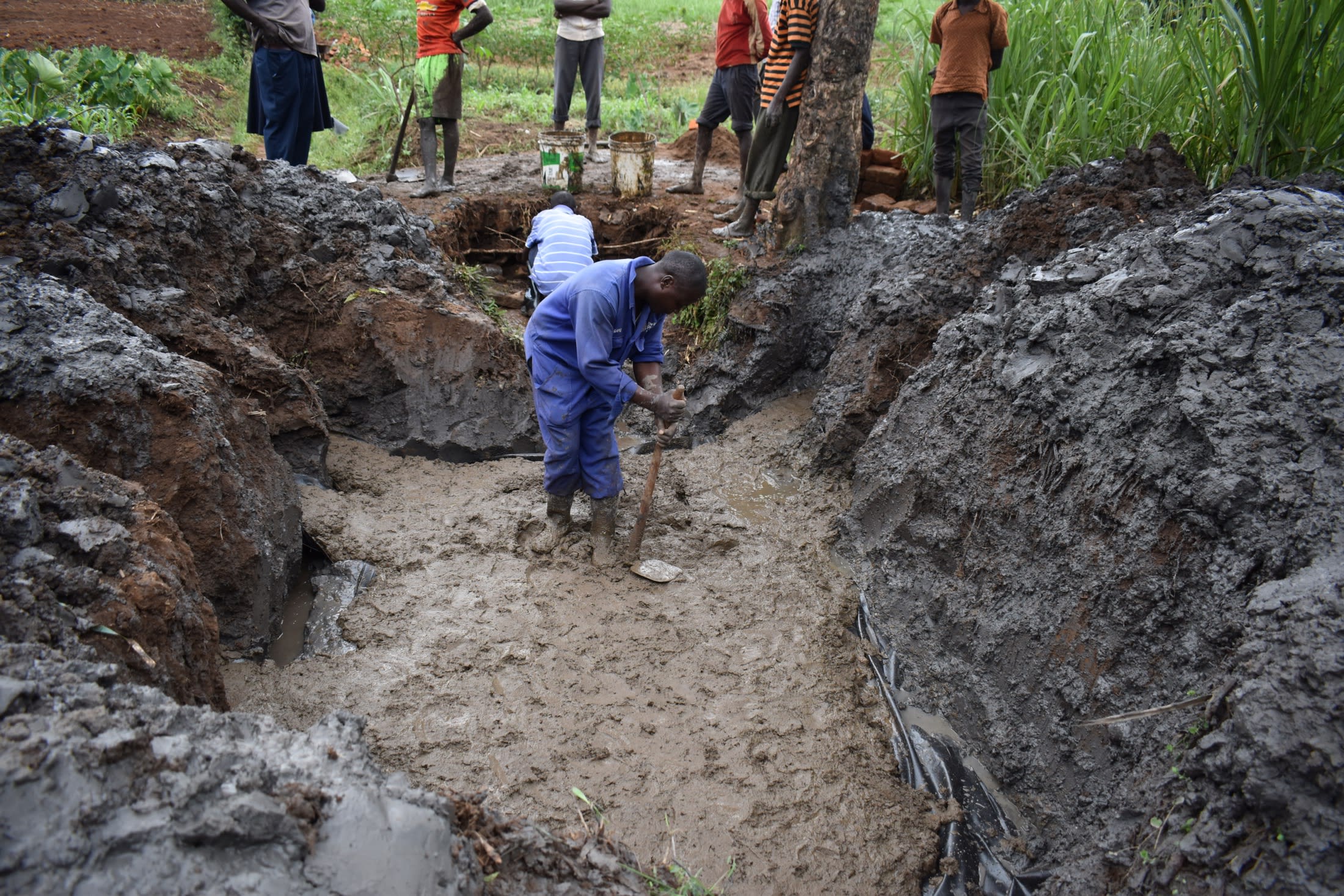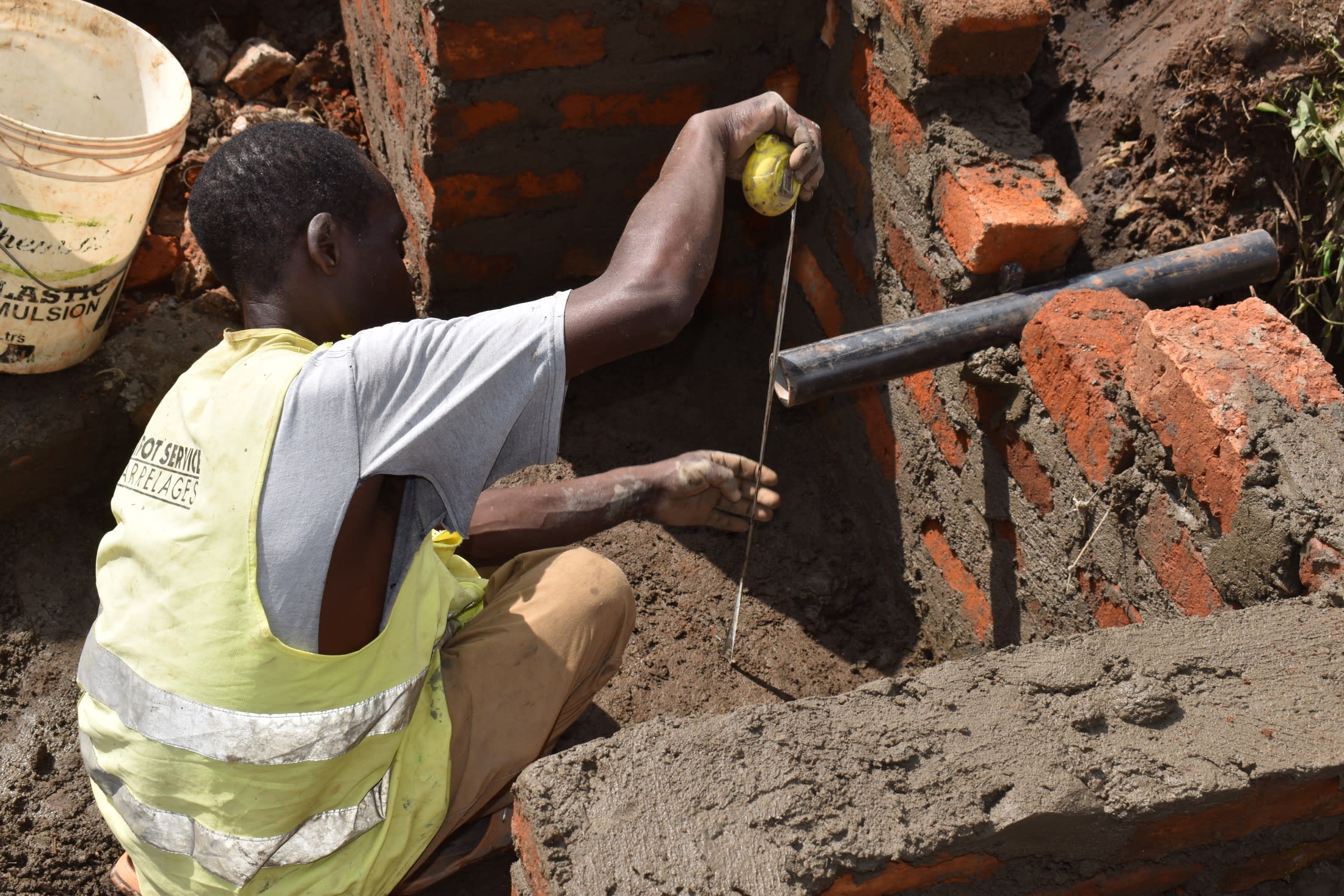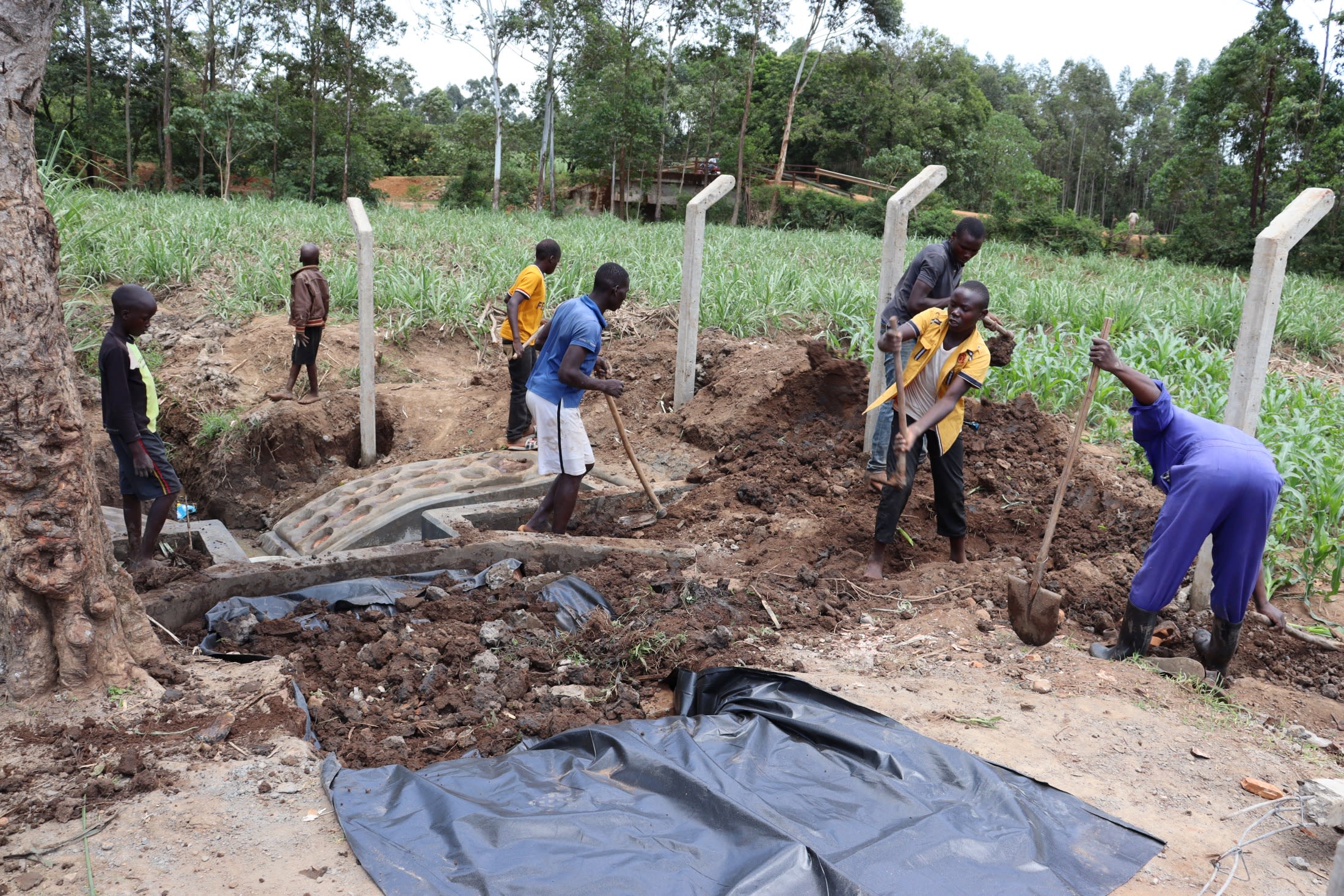Chimoroni village is in the northeast part of Kakamega County Kenya, a beautiful area with gradually sloping terrain.
The area is inhabited by peasant farmers who grow different crops and sell the surpluses to provide for their family needs.

The Maurice Luta spring, the main water source for this community of 105 people, is situated on the edge of a piece of land owned by the spring's namesake. Surrounding the spring are fields of vegetables and maize and a sugarcane plantation.
The spring is open to contamination, including a frog infestation, making the water unsafe for consumption. Still, community members have no other option, even though it often makes them suffer from water-related illnesses.

"There are times that I missed going to school on (because of) use of water fetched at this spring. During those times, I experienced severe headache, coughing and at times sore throat," said Savenzia M., 10, shown above.
Community members wake up very early in the morning to head to the spring and wait in line to collect water, so they have time for the day's other activities. It can be tiresome because water must carefully be scooped using a smaller container.

"We waste a lot of our time when fetching water because of the procedure followed so as to avoid dirtying the water. Besides that, during the rainy season of the year, [the] majority of the community members are diagnosed with water-borne diseases like typhoid," said teacher Maurice Luta, 43, in the photo above collecting water.
Community members who own seasonal shallow wells that dry up during the dry season must also use the spring. The increase in the number of spring users means there will be even longer queues to collect water.
What We Can Do:
Spring Protection
Protecting the spring will help provide access to cleaner and safer water and reduce the time people have to spend to fetch it. Construction will keep surface runoff and other contaminants out of the water. With the community’s high involvement in the process, there should be a good sense of responsibility and ownership for the new clean water source.
Fetching water is a task predominantly carried out by women and young girls. Protecting the spring and offering training and support will, therefore, help empower the female members of the community by freeing up more of their time and energy to engage and invest in income-generating activities and their education.
Training on Health, Hygiene, COVID-19, and More
To hold trainings during the pandemic, we work closely with both community leaders and the local government to approve small groups to attend training. We ask community leaders to invite a select yet representative group of people to attend training who will then act as ambassadors to the rest of the community to share what they learn. We also communicate our expectations of physical distancing and wearing masks for all who choose to attend.
The training will focus on improved hygiene, health, and sanitation habits in this community. We will also have a dedicated session on COVID-19 symptoms, transmission routes, and prevention best practices.
With the community’s input, we will identify key leverage points where they can alter their practices at the personal, household, and community levels to affect change. This training will help to ensure participants have the knowledge they need about healthy practices and their importance to make the most of their water point as soon as water is flowing.
Our team of facilitators will use a variety of methods to train community members. Some of these methods include participatory hygiene and sanitation transformation, asset-based community development, group discussions, handouts, and demonstrations at the spring.
One of the most important issues we plan to cover is the handling, storage, and treatment of water. Having a clean water source will be extremely helpful, but it is useless if water gets contaminated by the time it is consumed. We and the community strongly believe that all of these components will work together to improve living standards here, which will help to unlock the potential for these community members to live better, healthier lives.
We will then conduct a small series of follow-up trainings before transitioning to our regularly scheduled support visits throughout the year.
Training will result in the formation of a water user committee, elected by their peers, that will oversee the operations and maintenance of the spring. The committee will enforce proper behavior around the spring and delegate tasks that will help preserve the site, such as building a fence and digging proper drainage channels. The fence will keep out destructive animals and unwanted waste, and the drainage will keep the area’s mosquito population at a minimum.

 Protected Spring
Protected Spring
 Rehabilitation Project
Rehabilitation Project










































